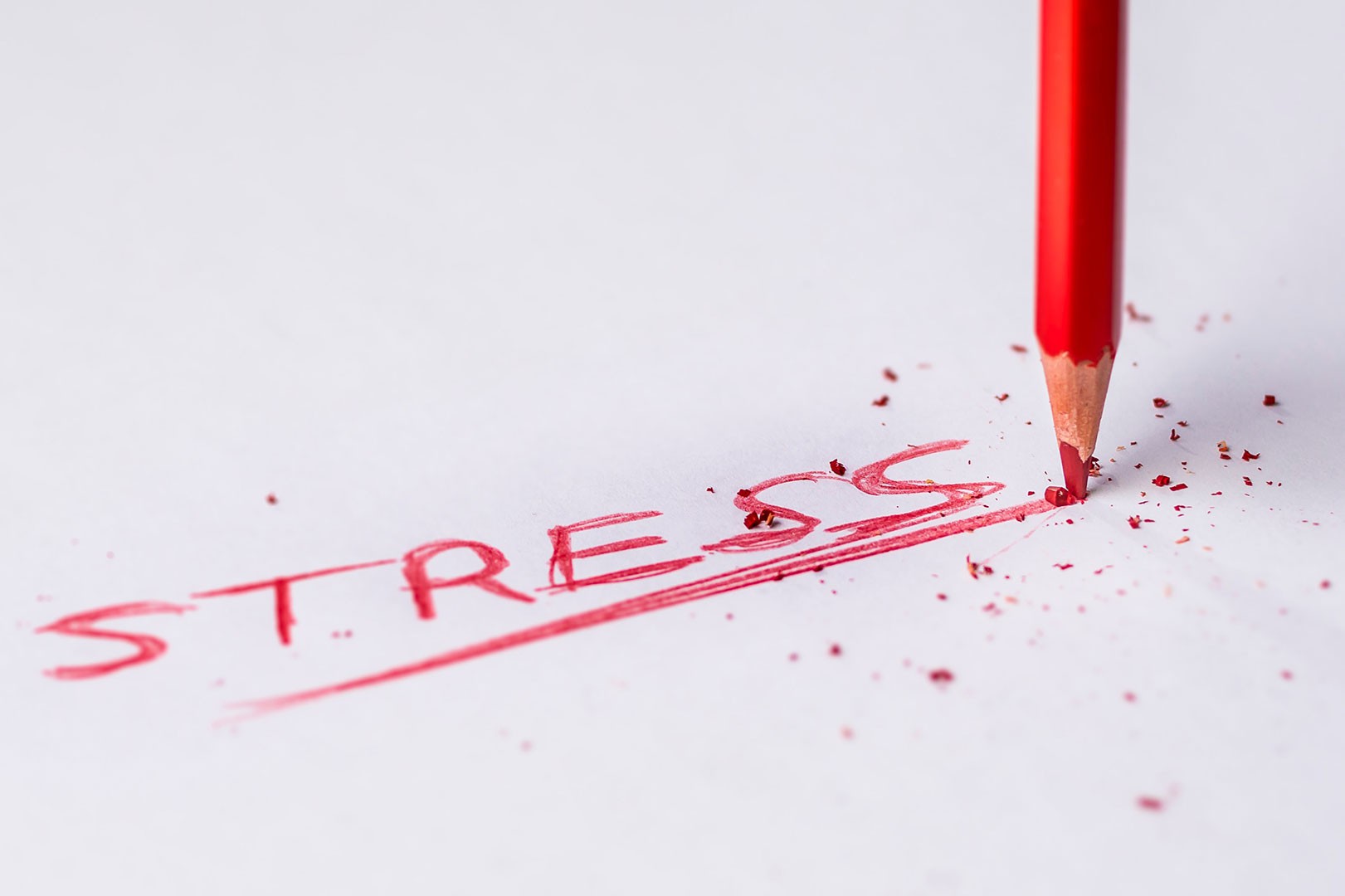
13
AprCognitive Behaviour Therapy explained : overview and key points
Cognitive Behaviour Therapy (CBT) is the most utilised method in the United Kingdom when treating depression and anxiety. It has also been proven to help patients effectively overcome a range of other psychological issues. The method is a short-term, goal and problem-solving oriented form of treatment that can be applied as a combination of behavioural therapy and psychotherapy.
What is Cognitive Behavioural Therapy (CBT)?
CBT is a therapeutic method using the understanding of cognition and its relationship to human behaviour to help people make changes through changing the way they think. CBT enable clients to understand how their conscious thought processes work; how automatic negative thoughts contributing to mental health issues, such as depression and anxiety are created and how patients can interrupt them and replace them with healthy and positive ones. Differently to psychodynamic therapy that focuses on the personal meaning of thought patterns that had been developed in childhood, behavioural therapy emphasises the interactions and relationships between mental health issues, behaviours and thoughts.
Cognitive Behaviour Therapy allows clients to focus on the cognitive processes that produce feelings and gain deeper understanding of how thoughts, images, attitudes and beliefs influence their mental health. For example, automatic thoughts give a distorted vision of how situations, feelings and emotions are experienced. Patients with depression usually have a negative definition about themselves. This definition is often wrong and does not reflect the reality of who they truly are. This is because it is based on automatic thoughts that deform the reality. CBT enables patients to interrupt the automatic thoughts through a deeper understanding of the errors and distortions in the perception of what the reality really is. Thus, patients can correct misinterpretations of the thoughts that have caused disruptions in their daily lives.
What types of mental health issues can be treated with CBT?
Initially designed for the treatment of depression and anxiety, CBT is currently utilised in treating a range of mild to severe psychiatric problems and disorders. The treatment typically takes between 3 to 6 months (when 1 session per week), depending on the specific problem.
Here is a brief, but not exhaustive list of problems commonly treated with CBT:
Anxiety
Anger management
Chronis pain
Depression
Eating disorders
Obsessive-compulsive disorder (OCD)
Post-traumatic stress disorder (PTSD)
Psychosis
Schizophrenia
CBT focuses on five main areas that are believed to be interrelated and affecting one another. This means that the way someone experience a specific situation can provoke physical and emotional feelings, resulting in certain behaviours in response. The five areas are the following:
Behaviours
Emotions
Physical feelings
Situations
Thoughts
Through CBT, patients learn how to break problems down into smaller components to give a deeper insight to each component. In this way, the patients can easily see the underlying connections and relationships between separate elements, so they could disrupt the negative automatic thoughts and replace them with healthier ones. The overall therapeutic objective is to teach patients the skill of breaking down automatic thought patterns and transforming them into more helpful approaches to coping with issues in daily life.
If you wish to learn more about the benefits of CBT, please click here. You also might be interested in reading the famous book by J. Beck “Cognitive Behavior Therapy – basics and beyond”. Access my review here.
If you are looking for therapist and you would like to book a private session, please contact me on info@angelpsychology.com
With warm wishes,
Dr Ivanka Ezhova (check biography here).
- 13th Apr, 2020
- Therapy techniques











